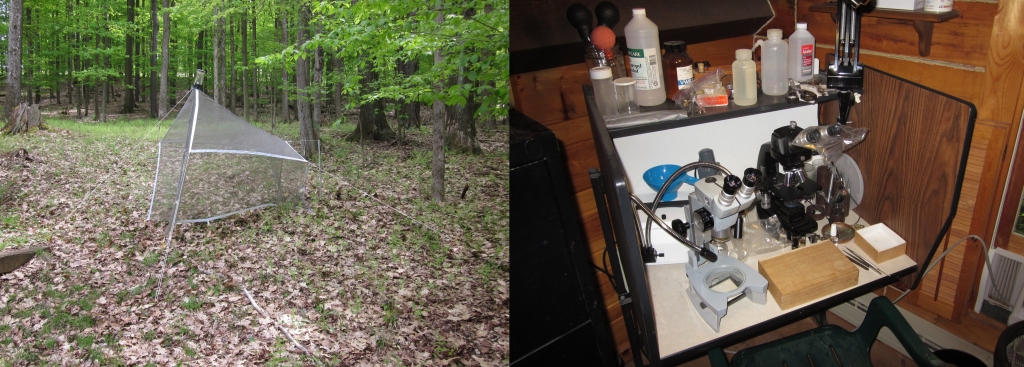Annother Annotation
January 15, 2014I annotated one reference in the Bibliography that was already there, namely Brimley (1938). This is one I've been meaning to get to for a long time. The complete annotated citation is:
Brimley, C. S. 1938. The Insects of North Carolina, being a list of the insects of North Carolina and their close relatives. N. C. Dep. Agric., Div. Entomol., 560 pp. (p. 338, B.[ombomima] affinis Mcq., B. champlainii Walton, B. cinerea Back, B. divisor Bks., B. flavicollis Say, B. grossa Fab., B. posticata Say, B. sacrator Wlk., B. thoracica Fab., B. virginica Bks.; L.[ampria] bicolor Wied., L. rubriventris Mcq., L. sp. (near rubriventris but abdomen black); L.[aphria] aktis McAtee, L. saffrana Fab., L. scorpio McAtee, L. sericea Say, L. sicula McAtee).
As with most of the faunal lists in the Bibliography this one lists localities and a date range for each species. At some point I am going to compile all this information for Laphria s. str. and list it chronologically in a special section for each species, as well as use it it construct preliminary distribution maps. I already compiled the literature for Choerades and the two new genera long ago; and, since I had all the specimens, checked the records for accuracy. And of course there I used the actual specimens as the basis for distribution maps.
Unfortunately for Laphria s. str. I will probably have to settle for basing the distribution maps on published data, as well as on the data from my own collection and from specimens I've sporadically identified for others over the years. That, though, shouldn't be as bad as it first sounds. The more I delve into the literature for Laphria s. str. the more my conviction is that, generally, those who worked on them knew what they were doing. I never had that feeling for Choerades or for the groups I plan to describe as new genera. There are still at least five new, easily distinguishable species of Laphria s. str.; but I believe they are undescribed because specimens were never seen, not because they were confused with anything else. The described species do vary considerably in color, and there are likely several undescribed species there as well. But overall the published records for Laphria s. str. should be fairly reliable.
BTW, Laphria saffrana is an exception to my generalization that I don't have exhaustive specimen data for Laphria s. str. I have everything for L. saffrana, including plates for both male and female terminalia. I'll be posting all of that here, hopefully soon.


 Digg
Digg
 Facebook
Facebook
 StumbleUpon
StumbleUpon
 LinkedIn
LinkedIn
 Twitter
Twitter
 Email
Email